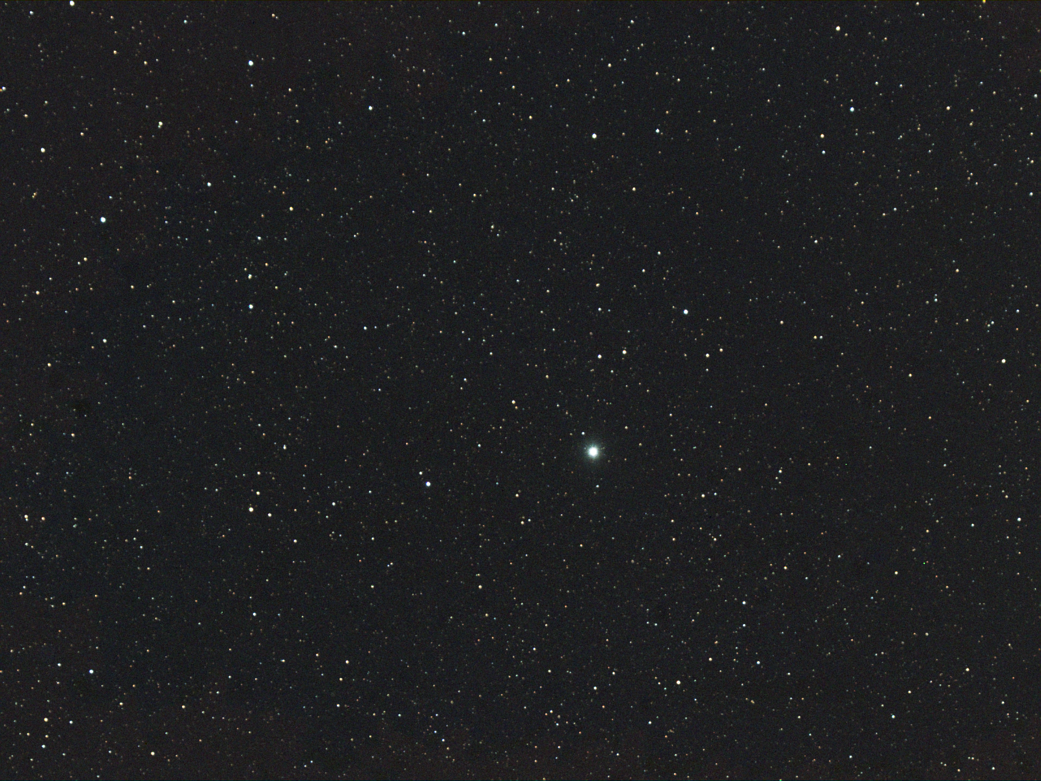This one-minute exposure, taken with a 6″ refracting telescope at Siding Spring Observatory in Australia, shows a bright nova — Latin for “new star” — in the constellation of Centaurus. Visible to observers in the Southern Hemisphere, this nova is likely to have been a white dwarf in a binary star system, and up to a few days ago, it was well over a thousand times fainter than the faintest star that can be seen with the unaided eye. Matter from the other star in the system is being accreted on the surface of the white dwarf; this material can become unstable and be blown out from the star in a catastrophic thermonuclear “runaway.” This causes the star to temporarily increase its brightness by more than a thousandfold for a period of a few weeks.
In this case, Nova Centauri 2013 — also known as V1369 Centauri, or by the even more poetic PNV J13544700-5909080 — increased from magnitude 15 to a visible magnitude of 5, an increase in brightness of 10,000. It should remain visible for the next few days, a “new star” disrupting the familiar pattern of the Centaurus constellation.
Image credit: NASA/MSFC/ESSSA/Aaron Kingery




























